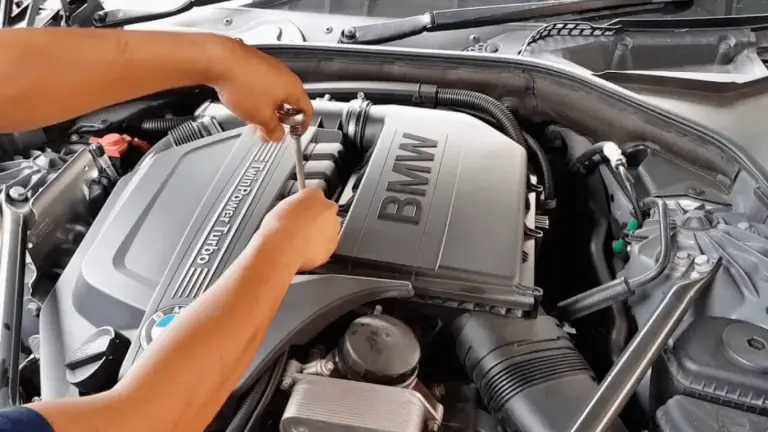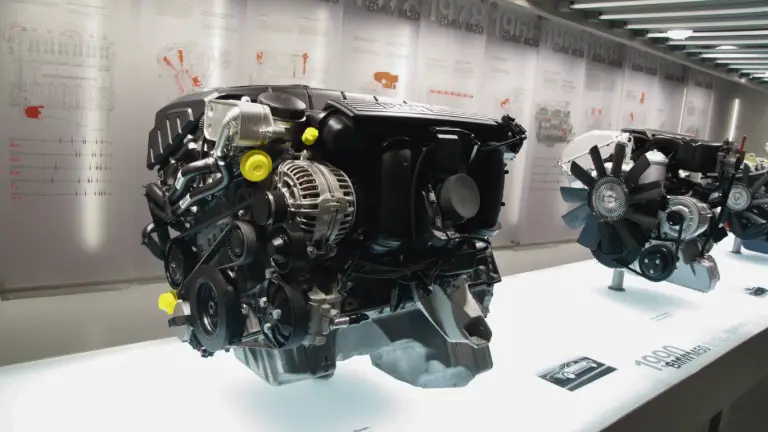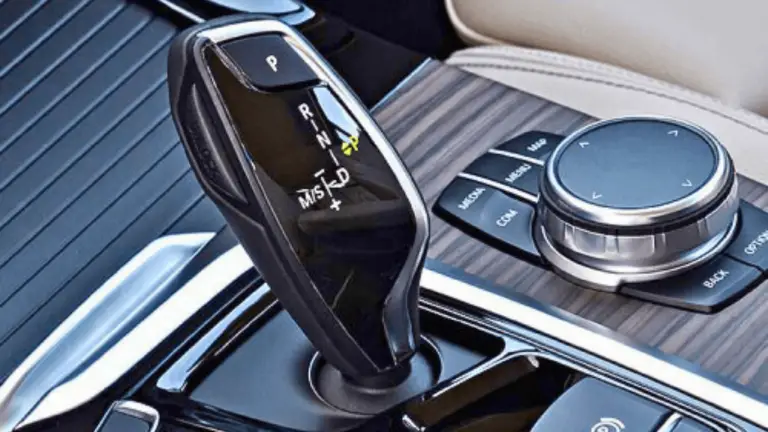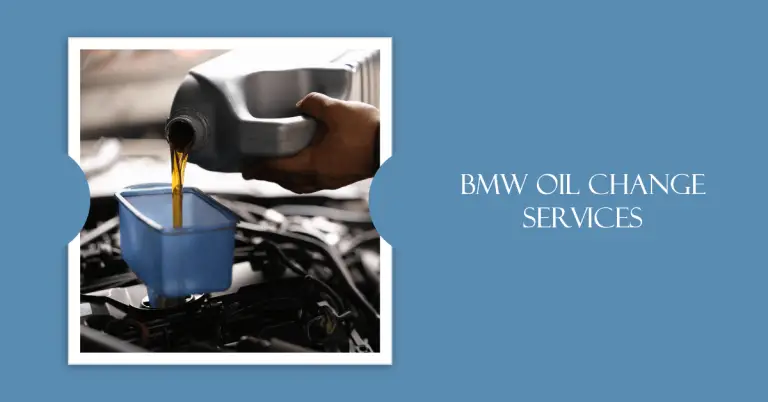BMW Oil Pan Gasket Replacement Cost: What You Need to Know
So you’ve noticed a few drops of oil forming beneath your BMW after parking it. Or maybe your oil level keeps dipping lower between oil changes. Either way, the signs point to a leaking oil pan gasket.
How much can you expect to pay for a BMW oil pan gasket replacement? Most BMW owners end up paying between $525 and $900 for this common repair. But costs can vary quite a bit depending on your BMW’s model, dealership vs independent shop rates, part options, and your location.
In this detailed guide, we’ll walk through everything you need to know about BMW oil pan gasket replacement cost including:
- What causes oil pan gaskets to fail
- Estimates for parts and labor
- DIY or shop repair options
- Symptoms that indicate a leak
- The risks of driving with a bad gasket
- Tips to save money on the repair
- And step-by-step replacement guidance
Let’s start by understanding what exactly the oil pan gasket does and why it eventually wears out.
What is the Oil Pan Gasket?
On all internal combustion engines, the oil pan bolts to the bottom of the engine block, forming the reservoir that holds engine oil. The oil pan gasket is a rubber or cork seal that sits between the oil pan and engine block surfaces.
This gasket prevents engine oil from leaking at this joining point. It helps maintain oil pressure and prevents oil from dripping onto the road or driveway. The gasket also keeps contaminants out of the oil pan.
Over years and miles of expanding and contracting with engine heat cycles, the oil pan gasket eventually hardens and loses its sealing capabilities. Small leaks begin to form, allowing oil to drip or seep from the weak spots.
Once you notice oil leaks beginning around the oil pan area, it means the gasket needs to be replaced. On BMW models, the recommended oil pan gasket replacement interval is between 80,000 and 120,000 miles.
But leaks can start sooner, especially if the engine overheats frequently or you drive aggressively. Let’s look at the typical costs involved when it’s time for BMW oil pan gasket replacement.
Average BMW Oil Pan Gasket Replacement Cost
The total bill for BMW oil pan gasket replacement will generally fall somewhere between $525 and $900. This includes both labor and parts costs.
Here’s a breakdown of normal costs:
- Labor: Most shops will charge $450 to $750 in labor for this job. It takes 3-5 hours to remove the oil pan, scrape old gasket material, replace the gasket, reinstall the pan with fresh oil and other fluids. The oil pan must be carefully separated from the engine block to avoid damage.
- Parts: The BMW oil pan gasket itself ranges from $75 on the low end for aftermarket brands, up to $150 or more for OEM BMW gaskets. Many mechanics recommend sticking with OEM for the best fit and sealing. Some may also suggest replacing the oil pan drain plug gasket and oil filter while the pan is off, adding up to $50 in additional part costs.
- Total average repair cost: With typical labor and parts prices, you can expect to pay $525 to $900 or more for BMW oil pan gasket replacement. This assumes no additional engine repairs are needed after diagnosing the leak.
Keep in mind costs can be higher or lower depending on your specific situation:
- BMW model and age – Parts and labor time will be less for older, rear-wheel drive models. Newer and all-wheel drive models take more work.
- Dealership vs independent shop – BMW dealerships often charge $125 per hour or more in labor, driving the repair cost up. Independent shops will be $100 per hour or less.
- Your location – Labor rates will be higher in areas with a higher cost of living. Suburban and rural area shops often charge less.
- Problem severity – Small leaks can be fixed quicker than more severe leaks or warped/damaged oil pans.
The best way to get an accurate price quote is to have a mechanic inspect the leak and give you a written estimate for parts and labor. Now let’s go over the common symptoms of an oil pan gasket leak.
Oil Pan Gasket Leak Symptoms
How do you know for sure the oil pan gasket is leaking on your BMW? Here are the most common symptoms:
- Oil dripping underneath the engine – This is the surest sign of a gasket leak. Look for oil spots forming on the ground under the front of the engine. Oil may drip steadily or leave a trail from the front of the car.
- Low oil level between oil changes – If the oil pan is leaking significantly, the oil level may drop below the “add” line before your next change interval. Check your oil level periodically to watch for this.
- Oil burning smell from the exhaust – Oil leaking onto the hot exhaust system will burn, creating a distinct burning oil smell. You may notice the smell after parking the car.
- Engine overheating – A large enough leak can impact engine oil pressure and cooling, causing the engine to run hotter. Overheating can lead to engine damage if left alone.
- Excess oil consumption – Bad valve guide seals or piston rings can also cause oil burning in the combustion chambers. But oil pan leaks should still be ruled out if your BMW is burning through oil.
When you notice these leak symptoms, it’s important to get the oil pan gasket replaced ASAP. Driving with a leaking gasket can lead to further engine damage down the line.
When to Replace the Oil Pan Gasket?
As soon as you suspect the BMW oil pan gasket is leaking, it’s smart to get the seal replaced. The best practice is to address oil leaks as soon as possible.
But when exactly should you have the gasket proactively replaced? Here are some common guidelines:
- At 80,000 to 120,000 miles – Most BMW oil pan gaskets will last at least this long before drying out and leaking. It’s not a bad idea to have the gasket inspected during major 80k or 100k mile services and replaced if needed.
- When doing other major engine repairs – If the oil pan needs to be removed for another repair like replacing piston rings or rod bearings, it’s wise to put in a fresh gasket at the same time. This prevents having to re-do the job later.
- **With any symptoms **- Don’t wait if you notice oil under the car or low oil levels before scheduled maintenance intervals. Replace the gasket right away.
The risks of waiting include engine overheating, accelerated internal component wear, oil starvation at high RPMs, and potential engine failure. Replacing the leaking gasket as soon as possible reduces the chances of secondary damage.
Can I Drive With a Leaking Oil Pan Gasket?
You can safely drive a BMW with a minor oil pan gasket leak for short distances to the repair shop. But it’s not advisable to continue driving long miles with a known leak.
Here are a few risks of driving with a leaking oil pan gasket:
- Engine overheating – Low oil levels or pressure can cause engine temperature to rise. Overheating can lead to cylinder head warping or cracked engine blocks in severe cases.
- Increased internal wear – Leaks put less oil between moving components like bearings and camshafts, accelerating wear over time. This can lead to premature failure down the road.
- Catastrophic engine failure – In a worst case scenario, a major oil leak at high RPMs could potentially cause connecting rod or crankshaft damage from oil starvation.
- Environmental concerns – Oil leaks contaminate roads and waterways. Large drips should be repaired promptly.
While you can likely drive for a few days or weeks with a small leak, it’s never a bad idea to err on the side of caution with oil pan gasket repairs. The risks outweigh the repair costs.
DIY or Professional Replacement?
Ambitious do-it-yourselfers can potentially tackle BMW oil pan gasket replacement in their garage with some mechanical skill. But there are a few challenges:
- The oil pan must be separated from the engine block perfectly evenly to avoid damage and leaks. Even a small dent can prevent a good seal.
- All old gasket material must be thoroughly cleaned from the mating surfaces for the new seal to work properly.
- The oil pan bolts must be tightened to precise torque specifications in the proper sequence.
- Extracting stuck bolts without stripping or breaking them takes patience. Damaged fasteners must be drilled out.
- Proper disposal of used oil and gasket material takes extra time and costs.
For these reasons, most BMW owners are better off having a professional shop replace the leaking gasket. The experience and tools shops bring to this repair often make it worth the labor expense for peace of mind.
But for those determined to DIY, take it slowly and follow detailed video guidance. Allow plenty of time and prep the necessary tools. Carefully check for leaks after refilling the oil.
How to Save Money on BMW Oil Pan Gasket Replacement?
If you choose to have your BMW oil pan gasket replaced professionally, here are a few tips to reduce the costs without compromising quality:
- Use aftermarket gaskets – Genuine BMW oil pan gaskets can be 2-3 times the cost of quality aftermarket versions that fit and seal the same. Ask your mechanic about alternative parts suppliers.
- Shop around for quotes – Check rates and reviews for multiple shops in your area. Look for competent independent mechanics rather than overpriced dealers.
- Ask for a package deal with other services – If you need an oil change, brake flush, new battery, or other service, negotiate a discount by pairing the jobs together.
- Time the repair with major engine servicing – If the oil pan needs to come off anyway for repairs like rod bearings, have the shop replace the gasket then.
- Negotiate respectfully with the shop – Be polite in asking if they can shave labor time or knock a few dollars off the final bill. Most shops want good word of mouth.
With some smart cost-saving measures, you can reduce the strain on your wallet for this common BMW oil leak repair. Now let’s look at a few best practices for completing the gasket replacement properly.
Tips for BMW Oil Pan Gasket Replacement
Here are a few professional tips for removing the old gasket and installing the new seal correctly:
- Thoroughly scrape and clean the gasket surfaces – Any leftover material prevents a tight seal. Use a gasket scraper and solvent to get down to bare metal.
- Use new bolts or thoroughly clean existing ones – Fresh fasteners with proper torque ensure the pan won’t loosen later. Replace stripped or damaged bolts.
- Check the oil pan drain plug gasket – It’s cheap insurance to put in a new drain plug gasket when the pan is off.
- Tighten bolts to torque specifications in sequence – Even tightening ensures the gasket seats evenly with no gaps.
- Install a new oil filter – Oil filters are cheap. A new one ensures contaminants wash out.
- Refill with the proper weight oil to the full mark – Check levels after a test drive. Top off if needed.
- Inspect closely for any leaks afterward – Monitor oil levels for the first 1,000 miles to confirm an effective repair.
With care taken during removal and installation, the fresh oil pan gasket should seal and stop leaks for another 80,000 miles or more. Noticing symptoms early and fixing minor leaks promptly goes a long way to preventing major repairs down the road.
Conclusion
While rarely a cheap repair on most BMW models, fixing oil pan gasket leaks is critical maintenance. The cost for parts, labor, towing, and repairs from driving while leaking often exceed $500-900 in total.
But not addressing leaks risks exponentially higher repair bills from engine overheating and wear. Replacing the aging gasket promptly reduces the chances of secondary damage. And performing the replacement meticulously by a trusted shop or skilled DIYer ensures you won’t have to repeat the job anytime soon.
With high mileage BMWs over 10 years old, inspecting oil pan leaks should be part of regular maintenance, even if symptoms are minor. Identify problems early and fix them before drips become streams. Your wallet and engine internals will thank you.







